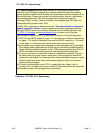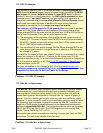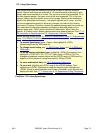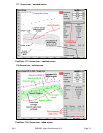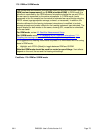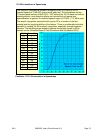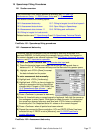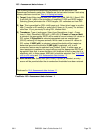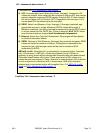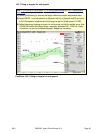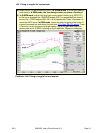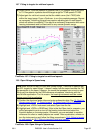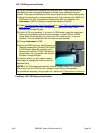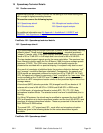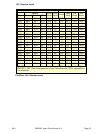
0611 RM500SL User’s Guide Version 2.8 Page 79
18.4 Assessment data choices - 2
FastFacts 18.4: Assessment data choices - 2
Continued from: 18.3: Assessment data choices - 1
5) UCL: Uncomfortable Level. Select from [Enter, Average]. If measured UCL
values are entered, these values will be converted to real-
ear SPL and used as
real-ear saturation response (RESR) targets. Note that DSL 5.0 has changed
this term to Upper Limit of Comfort (ULC). Regardless of the acronym, it is a
narrow-band SPL that should never be exceeded.
6) RECD: Select from [Measure, Enter, Average]. If Average is selected, age-
appropriate real-ear to coupler difference (RECD) values will be used. If
Measure is selected, you will be required to measure the client’s RECD values
or accept values from the RECD test. If Enter is selected, HA-2 RECD values
may be entered and are required at all 9 audiometric frequencies.
7) Binaural: Select from [Yes, No]. Determines if fitting targets will be adjusted
for binaural summation effects.
8) REDD: Real-ear-to-Dial Difference. [Average] (this cannot be changed). REDD
values are similar for adults and children. If Headphone is selected as the
transducer type, adult average values will be used to transform dB HL
audiometry to dB SPL.
ABR nHL to eHL: Normalized HL to estimated HL conversion factors. Permitted
only if [Transducer] = ABR (nHL). Select from [Default, Enter]. If [Enter] is
selected, an entry screen will be provided after threshold data have been entered.
Otherwise default factors will be used. These may be set to DSL values or to
values that you have entered in Setup. Note that, in some facilities, nHL is defined
in such a way that it is effectively eHL; in these cases, ABR (eHL) should be
selected and no conversion factors will be applied. See 10.6: ABR nHL to eHL
setup and 18.3: Assessment data choices - 1.



